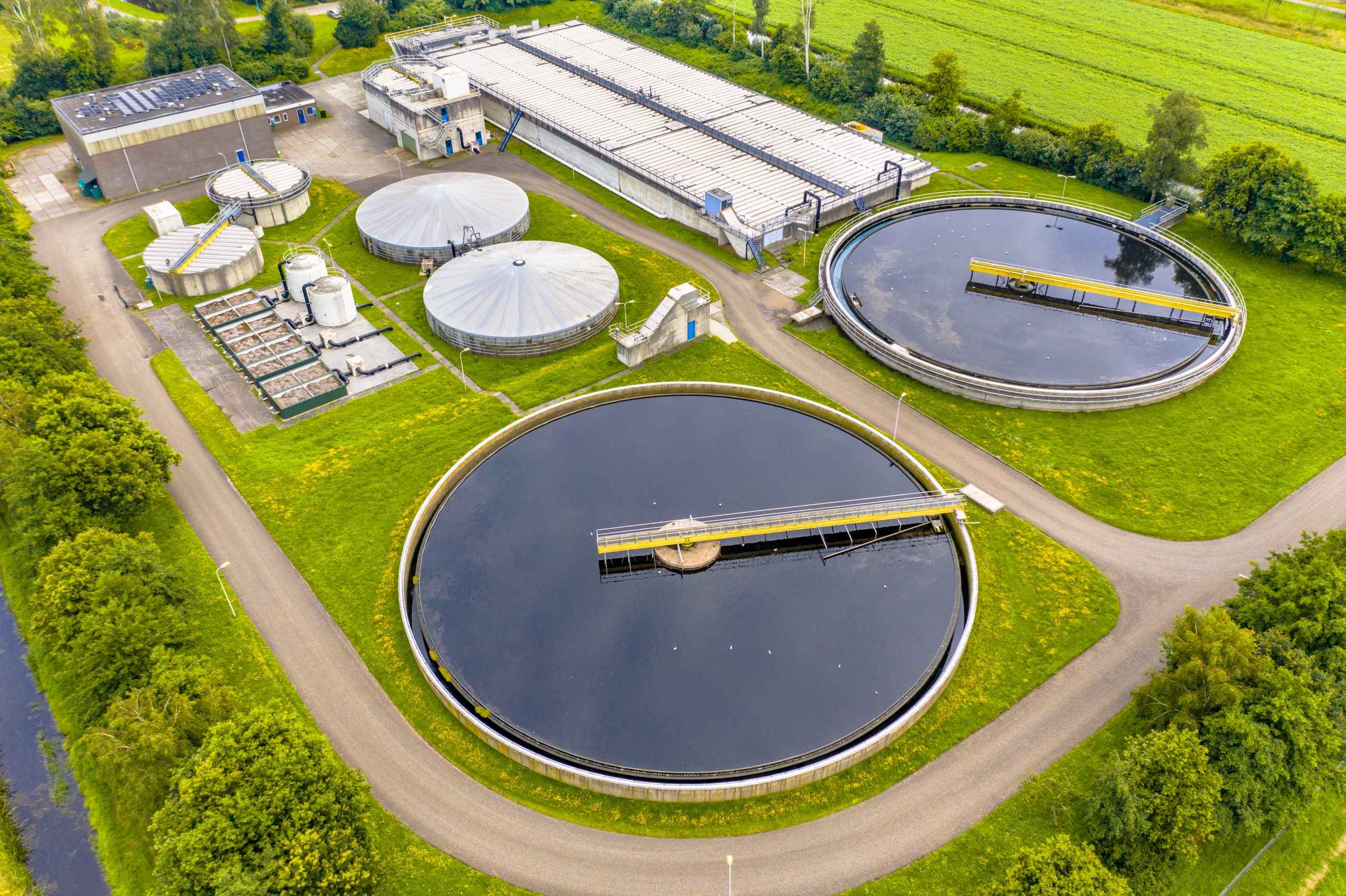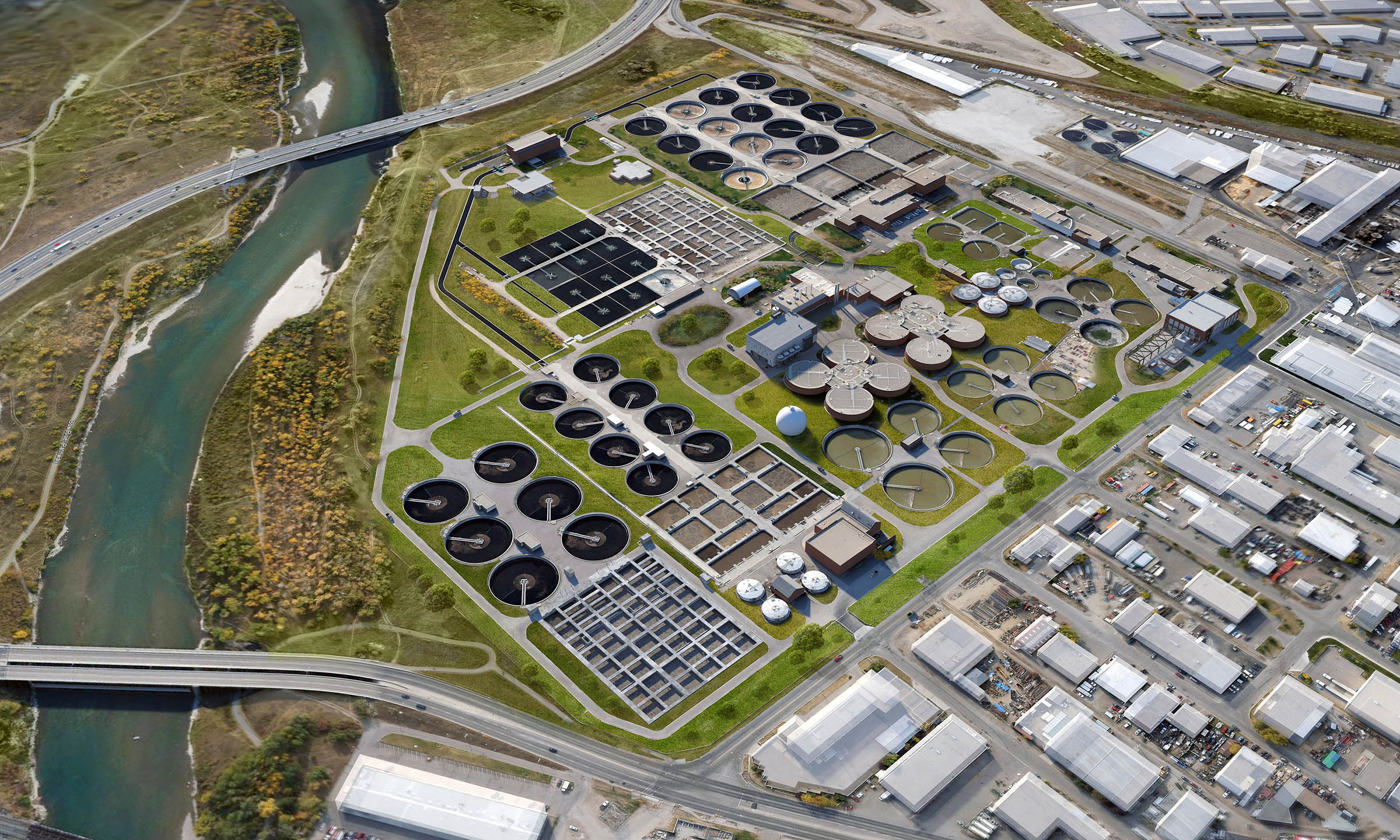The Importance of Chemical Processes in Waste Water Treatment
The Importance of Chemical Processes in Waste Water Treatment
Blog Article
Strategic Approaches to Improve Drainage Treatment Effectiveness and Decrease Environmental Impact
In the realm of drainage therapy, the mission for boosted effectiveness and minimized environmental impact is a perpetual difficulty that demands calculated services. As society comes to grips with the crucial to handle water resources sustainably, a nuanced approach comes to be essential. The combination of advanced treatment modern technologies, energy-efficient processes, resource healing methods, boosted nutrient removal methods, and wise tracking and control systems stands for a diverse structure for resolving these pushing issues. What exists at the core of this complicated web of strategies is the possible to change the means we approach waste water therapy, not simply as a procedure of disposal, but as a valuable chance for development and environmental stewardship.
Advanced Therapy Technologies
Cutting-edge membrane filtration systems have actually revolutionized advanced wastewater treatment processes, considerably enhancing the removal of contaminants. This modern technology has actually shown to be highly effective in eliminating a vast variety of impurities, including drugs, heavy metals, and natural compounds, which are usually testing to eliminate through conventional therapy approaches.
Furthermore, membrane layer purification systems offer many benefits over conventional therapy techniques. Additionally, these systems are extremely functional and can be quickly incorporated into existing therapy plants or used as standalone units for decentralized applications.
Energy-Efficient Processes
The integration of energy-efficient procedures in wastewater therapy systems is vital for maximizing source use and reducing functional expenses. One essential method to improving energy efficiency in wastewater therapy is the application of innovative aeration systems, such as fine bubble diffusers or surface aerators, which can improve oxygen transfer efficiency and decrease energy usage.
Additionally, enhancing procedure control and automation through the usage of innovative sensing units and monitoring systems can boost overall energy performance by changing operations in real-time based on real need and problems. Executing power audits and routinely checking power performance indications are necessary techniques to recognize areas for enhancement and track energy-saving campaigns efficiently. Overall, the adoption of energy-efficient processes in wastewater treatment not just profits the setting yet additionally adds to long-lasting price savings and operational sustainability.
Source Recuperation Methods
With a focus on maximizing resource use and sustainability in wastewater treatment systems, the implementation of source healing strategies becomes a critical facet in boosting functional performance. Source healing techniques in wastewater therapy entail the identification and extraction of beneficial sources from the waste stream, consequently turning what was once considered waste into a beneficial asset. By applying resource healing strategies such as nutrient removal and recuperation, energy generation from raw material, and the production of multiple-use water, wastewater therapy plants can reduce ecological impact while maximizing effectiveness.

Improved Nutrient Elimination Methods
Applying advanced nutrient removal techniques is necessary company website for enhancing the performance of wastewater therapy systems. Boosted nutrient removal plays a vital role in decreasing the environmental impact of treated useful reference effluent discharged into water bodies. Among the vital techniques made use of for boosted nutrient elimination is the procedure of biological nutrient removal (BNR), which involves the removal of nitrogen and phosphorus with biological processes. This can be accomplished via making use of specialized microorganisms that can convert nitrogen substances into inert nitrogen gas with denitrification, and gather phosphorus within their cells through a procedure called boosted biological phosphorus elimination (EBPR)

Along with BNR, advanced treatment approaches such as membrane bioreactors (MBRs) and created marshes can additionally be utilized to enhance nutrient elimination performance. MBRs use membrane layers to accomplish high-grade effluent requirements by successfully getting rid of nutrients and suspended solids. Built wetlands mimic natural wetland processes to eliminate nutrients through plant uptake, microbial activity, and sedimentation. By including these innovative nutrient elimination techniques into wastewater treatment communities, systems and industries can efficiently lower nutrient pollution and safeguard the atmosphere.
Smart Surveillance and Control Systems
Making use of cutting-edge innovation, the integration of wise monitoring and control systems revolutionizes the operational efficiency of wastewater therapy centers. These systems incorporate innovative sensing units and my blog information analytics to continually keep an eye on vital parameters such as pH levels, turbidity, dissolved oxygen, and flow prices in real-time. By gathering and examining this information, operators can gain valuable insights right into the efficiency of the treatment procedures, enabling proactive adjustments to optimize treatment efficiency.
Smart surveillance and control systems additionally sustain remote monitoring capacities, permitting operators to gain access to real-time data and control features from off-site areas. This remote availability boosts operational versatility and responsiveness, enabling swift treatments in situation of system malfunctions or changes in influent top quality. The anticipating upkeep abilities of these systems assist prevent equipment failures and decrease downtime, ultimately boosting the general reliability of wastewater treatment operations.
Conclusion
To conclude, tactical strategies such as sophisticated treatment innovations, energy-efficient procedures, resource healing approaches, enhanced nutrient removal techniques, and smart tracking and control systems play an essential function in improving wastewater therapy effectiveness and reducing environmental effect. By implementing these methods, wastewater therapy plants can boost their total efficiency, minimize energy intake, recoup important sources, and guarantee compliance with environmental guidelines. These approaches are essential for lasting and efficient wastewater administration practices.

In conclusion, tactical strategies such as innovative therapy innovations, energy-efficient procedures, resource recovery strategies, enhanced nutrient elimination strategies, and wise tracking and control systems play a crucial role in enhancing wastewater therapy effectiveness and lessening ecological impact.
Report this page